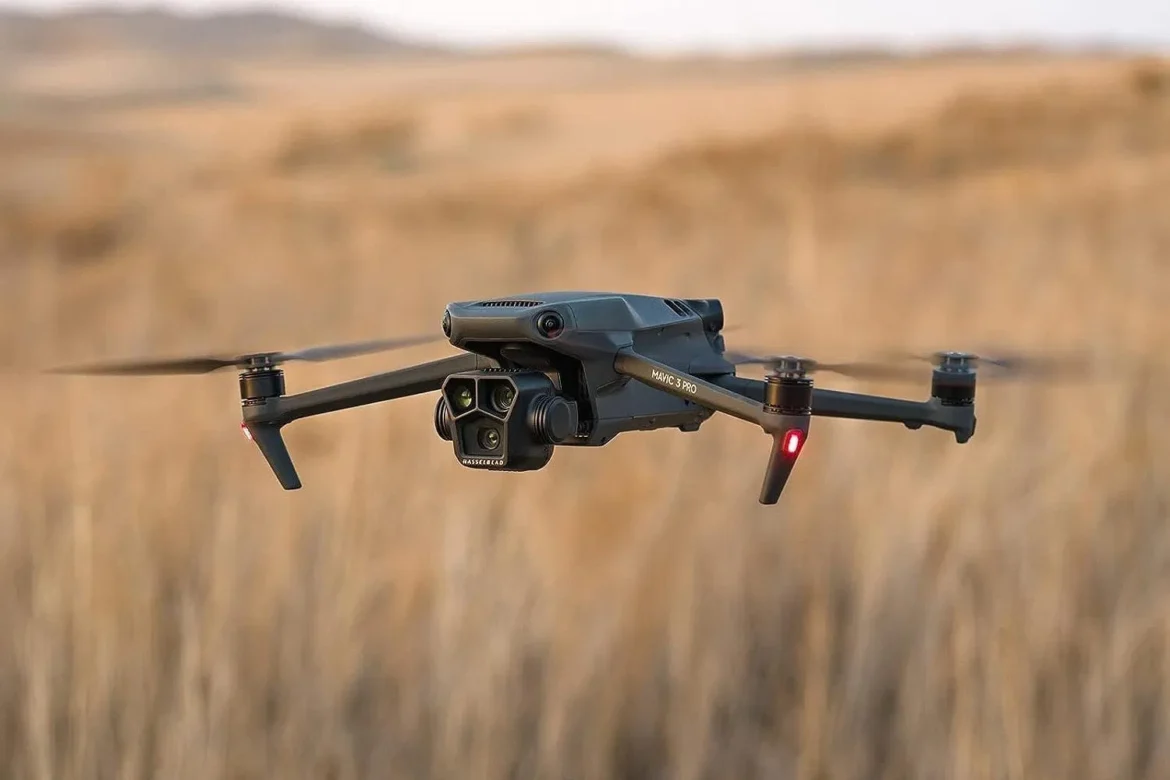Table of Contents
There was a time when photographers were tethered to the ground—limited by ladders, hills, and rooftops. But the sky? That was reserved for helicopters and Hollywood. Not anymore.
Today, with the gentle hum of propellers and the swipe of a touchscreen, drone photography has taken flight. What once required a pilot’s license and a film crew is now possible with a backpack-sized gadget and a creative eye. The result? A revolution in how we see the world—from above.
This isn’t just a technological shift. It’s a creative awakening. A new era where perspective becomes the subject, and the sky becomes your canvas.
A Bird’s-Eye Revolution
Drone photography has changed the game, not by doing something new, but by showing everything differently. The bird’s-eye view—once rare and cinematic—is now accessible, affordable, and extraordinarily powerful.
From landscapes to weddings, real estate to journalism, drones have introduced a new storytelling language. They elevate the ordinary. They uncover hidden patterns. They reveal geometry in chaos, and serenity in the scale of the earth.
Imagine:
- A lone fisherman casting his net in teal waters, framed like abstract art.
- A city skyline reflected in a glassy river at sunrise.
- A spiral of roads converging like a fingerprint.
- A couple standing hand-in-hand in the middle of a vast desert—tiny, yet timeless.
Only drones could deliver such drama, distance, and intimacy all at once.
Redefining Composition
Traditional photography taught us to frame a subject. Drone photography teaches us to reframe the world.
From above, trees become textures. People become punctuation marks. Beaches become brushstrokes. Fields become tapestries.
Drones challenge photographers to think geometrically—how lines, shapes, shadows, and movement interact on a broader scale. The rules of composition shift. The horizon bends. The focal point isn’t always in the center—it’s in the patterns we’ve never seen before.
A drone shot can be hauntingly quiet or massively powerful—all depending on how the photographer chooses to fly.
Adventure Meets Precision
Flying a drone is part photography, part piloting, and part choreography. It’s an elegant dance of movement, light, and timing. And it demands skill.
You’re not just setting exposure—you’re navigating wind, adjusting altitude, avoiding trees, and anticipating motion. Your camera isn’t just on a tripod—it’s flying 100 feet in the air, and everything is moving.
That’s what makes drone photography exciting. It’s immersive. Physical. Tactile.
It turns image-making into an adventure.
Telling New Stories
Drone photography isn’t just for pretty vistas—it’s also changing how we report, document, and understand the world.
In journalism, drones are being used to capture:
- Natural disasters from above
- Environmental damage and deforestation
- Protests and public events
- War zones and refugee camps
In science, drones help track wildlife migration, monitor coral reefs, and even inspect active volcanoes. In humanitarian work, they map crisis zones, deliver supplies, and capture stories that ground cameras can’t reach.
These aren’t just photos. They’re insight. They offer context. Scale. Truth.
The world looks different from above—and sometimes, clearer.
Accessibility and the Democratization of Flight
Once a luxury for filmmakers and commercial operations, drones are now in the hands of students, travelers, artists, and everyday dreamers. With beginner-friendly controls, high-res cameras, and intelligent flight modes, anyone can capture cinematic shots.
This accessibility means the sky is no longer the limit—it’s the starting point.
Social media has only accelerated the rise. Platforms like Instagram and TikTok are filled with aerial magic: surfers slicing waves, temples hidden in jungles, city traffic flowing like liquid neon.
Aerial photography has become the new visual language of wonder.
Legal and Ethical Skies
But with great perspective comes great responsibility.
Drone photography walks a tightrope of freedom and privacy. Where you can fly, what you can film, and how you use that footage is increasingly governed by regulation.
Photographers must understand:
- Local drone laws and no-fly zones
- Respecting personal and property privacy
- Flying safely over crowds or near airports
- Proper licensing and registration in certain countries
Ethical flying isn’t just good manners—it’s crucial to preserving trust in drone photography as a profession and a practice.
Challenges and Limitations
While drone photography opens new doors, it also introduces challenges:
- Battery life is limited (usually 20–30 minutes per flight)
- Weather is a constant concern—rain, wind, or fog can ground you
- Signal loss or technical glitches can result in crashes or lost footage
- Over-saturation—drone photos can become cliché if not used thoughtfully
Like any tool, a drone is only as powerful as the vision behind it. It’s not about flying higher. It’s about seeing differently.
The Emotional Power of Elevation
There’s something universally moving about an aerial photograph. Maybe it’s the reminder of how small we are. Maybe it’s the sense of scale, the poetry of pattern, the quiet majesty of nature from above.
Drone photography stirs emotions because it feels like flight. It takes us out of our daily view and reminds us of the beauty we can’t always see from the ground.
It turns distance into clarity.
It turns geography into art.
It turns altitude into awe.
Final Descent: What Lies Ahead
The rise of drone photography is not a trend—it’s a transformation.
As drones become smarter, safer, and more creative, we’ll continue to push the boundaries of what photography can be. Imagine:
- Drones that follow your voice
- Swarms of drones capturing events from every angle
- 3D aerial storytelling
- AI drones that frame scenes based on emotion or theme
The future of photography is not just about capturing life—it’s about reimagining how we see it.
And thanks to drones, we’re just beginning to look up.



